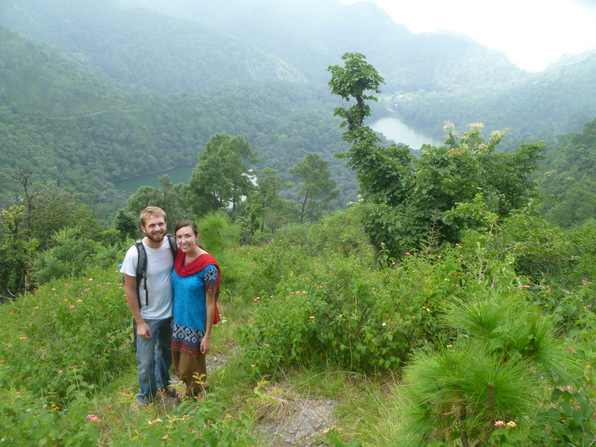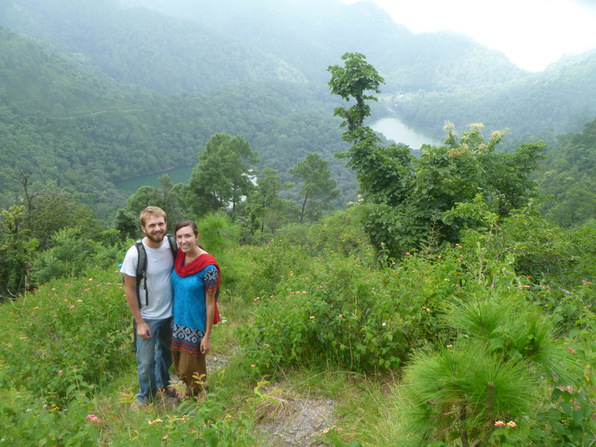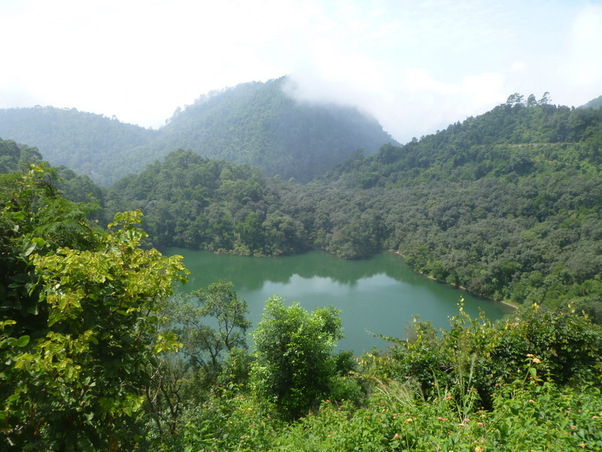Right there at the beginning of the Biblical narrative in Genesis 1:27, we are told that both male and female were created in God’s image. This leads me to believe that as Creator of both femininity and masculinity, God both includes and transcends the categories of gender entirely and to describe God as either male or female would be inaccurate and incomplete. So, my purpose in referring to God with feminine language is to draw attention to the feminine attributes of God that are often left out of our discussions about God in order to correct a lopsidedly male image of God and encourage a fuller, more accurate picture. I have no problem referring to God as He—males are most certainly made in His image! Likewise I have come to feel equally comfortable referring to God as She—because females are most certainly made in Her image.
The most common metaphor for God throughout scripture is that of a Father, but there are also metaphors which convey God’s tender love through the image of a Mother. When Jesus is weeping over Jerusalem, he says that if they had been willing, he would have gathered the people under his wings like a mother hen does with her chicks. Psalm 17:8, Psalm 57:1, Isaiah 42:14, Isaiah 66:13, and Isaiah 49:15 all invoke feminine descriptions of God as a mother bird, a woman in childbirth, a nursing mother, or a woman comforting her child. Both fatherhood and motherhood, however, are earthly concepts: they’re too small to contain the fullness of God’s being, but they can be useful symbols to teach us about God’s character in the same way that Jesus’ parables use symbols and stories from daily life to convey deeper truths. Other metaphors used to describe God throughout scripture include a jealous lover, a vine with branches, a mother hen, a king, and a sacrificial lamb, just to name a few. All of them are helpful and descriptive in some way, but none of them could stand alone to fully describe who God is.
So, I am not claiming that God is female, but merely suggesting that changing up our language may save us from falling into the habit of thinking that God is male. God is both/and, not either/or.


